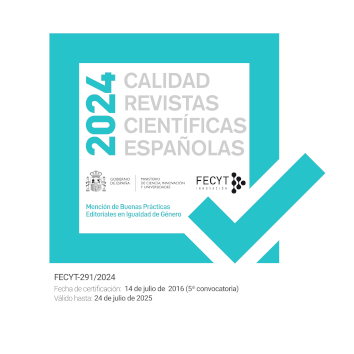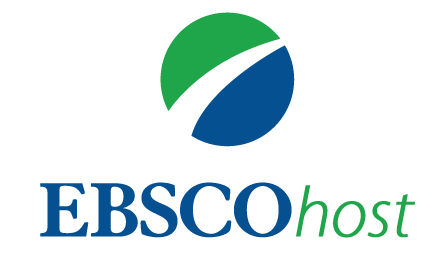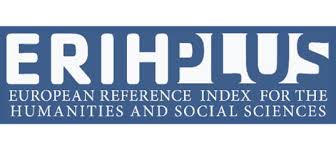ISSN: 1695-288X
Submissions
Submission Preparation Checklist
All submissions must meet the following requirements.
- In the User Profile (section Identity) surnames have been included in a standardized form.
- In the User Profile (section Contact) the name of the University and author's organization has been included in Affiliation.
- In the User Profile (section Contact), the complete postal and professional address of the author has been included.
- All authors of the article have an ORCID identifier.
- The title of the article is included in Spanish, Portuguese and English (max. 20 words).
- A abstract of the article is included in Spanish, Portuguese and English. In a single paragraph and without sections (min / max: 200-230 words).
- Five keywords are included in Spanish, Portuguese and English. For its selection, the ERIC Thesaurus has been used.
- The text includes the following elements of the structure of an article: introduction-state of the art, method, results and conclusion-discussion.
- Text citations and bibliographics references strictly follow APA standards. The DOI of all the references that have it have been included.
- The bibliographical references include all those cited in the text and exclusively these.
- The text respects the minimum (5,000 words) and maximum (7,500 words), including titles, abstracts, keywords and references.
- The text does not include the names of the authors, nor any other identifying information.
- The article has the OpenDocument (ODT) format.
- Please find attached the file Cover Letter with the signature of all authors.
Monográfico JUTE 2015
Ponencias base a las Jornadas Universitarias de Tecnología Educativa 2015Número especial "CIUDADANÍA DIGITAL" / Special Issue "DIGITAL CITIZENSHIP"
Artíulos para el monográfico de CIUDADANÍA DIGITAL (junio 2016)Copyright Notice
Authors who publish in this journal accept the following conditions:
1. The Author retains copyright in the article. Upon acceptance of the article, the author shall grant to the Publisher the right of first publication of the article. with the dcoument registered with the Creative Commons Attribution-NonCommercial-NoDerivative 4.0 International (CC BY-NC-ND) license, which allows to third parties to use what is published whenever they mention the authorship of the work and the first publication in this journal.
2. Authors can make other independent and additional contractual agreements for the non-exclusive distribution of the article published in this journal (eg, include it in an institutional repository or publish it in a book) provided they clearly indicate that the work was published for the first time in this journal.
3. Authors are allowed and recommended to publish their work on the Internet (for example on institutional or personal pages) before and during the review and publication process, as it can lead to productive exchanges and a greater and faster diffusion of published work (see The Effect of Open Access).
Privacy Statement
Names and e-mail addresses entered in this journal will be used exclusively for the purposes set out in this journal and will not be provided to third parties or used for other purposes.








